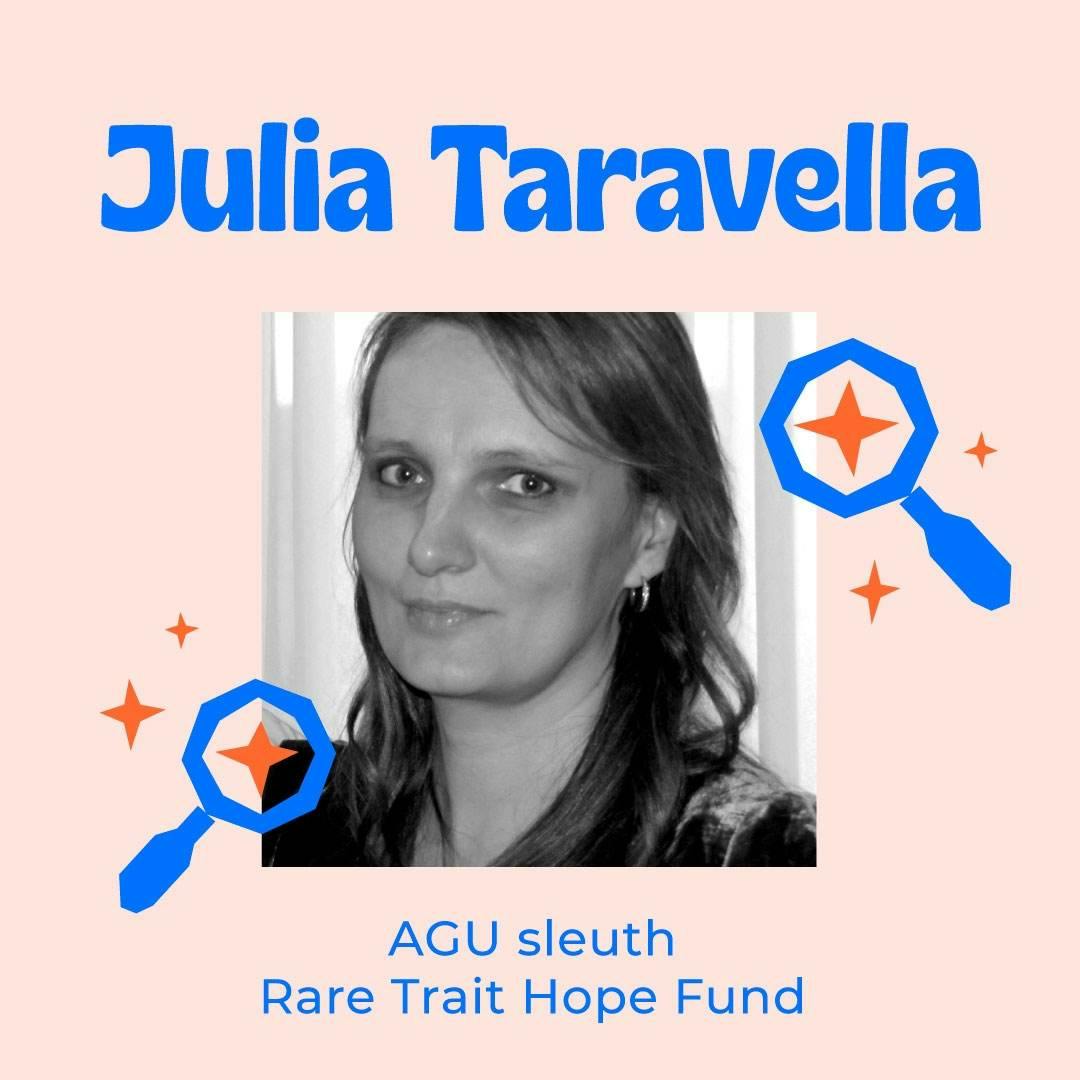- Culture
- SEE MORE
- classical
- general
- talk
- News
- Family
- Bürgerfunk
- pop
- Islam
- soul
- jazz
- Comedy
- humor
- wissenschaft
- opera
- baroque
- gesellschaft
- theater
- Local
- alternative
- electro
- rock
- rap
- lifestyle
- Music
- como
- RNE
- ballads
- greek
- Buddhism
- deportes
- christian
- Technology
- piano
- djs
- Dance
- dutch
- flamenco
- social
- hope
- christian rock
- academia
- afrique
- Business
- musique
- ελληνική-μουσική
- religion
- World radio
- Zarzuela
- travel
- World
- NFL
- media
- Art
- public
- Sports
- Gospel
- st.
- baptist
- Leisure
- Kids & Family
- musical
- club
- Health & Fitness
- True Crime
- Fiction
- children
- Society & Culture
- TV & Film
- gold
- kunst
- música
- gay
- Natural
- a
- francais
- bach
- economics
- kultur
- evangelical
- tech
- Opinion
- Government
- gaming
- College
- technik
- History
- Jesus
- Health
- movies
- radio
- services
- Church
- podcast
- Education
- international
- Transportation
- Other
- kids
- podcasts
- philadelphia
- Noticias
- love
- sport
- Salud
- film
- and
- 4chan
- Disco
- Stories
- fashion
- Arts
- interviews
- hardstyle
- entertainment
- humour
- medieval
- literature
- alma
- Cultura
- video
- TV
- Science
- en
Never Give Up - Two Decades of Struggles From Diagnosing Their Children to Starting a Clinical Trial For Aspartylglucosaminuria with Rare Mom Julia Taravella

b"ONCE UPON A GENE - EPISODE 171\\nNever Give Up - Two Decades of Struggles From Diagnosing Their Children to Starting a Clinical Trial For Aspartylglucosaminuria with Rare Mom Julia Taravella\\n\\nJulia Taravella is a mom to two adult children, Alexander and Daniel, and she's the founder of the Rare Trait Hope Fund. Julia's sons didn't have a diagnosis for 16 years until she went above and beyond to seek out answers and use the genetic data available to her to reveal a diagnosis of Aspartylglucosaminuria (AGU), a rare, fatal, lysosomal storage disorder.\\xa0\\n\\nEPISODE HIGHLIGHTS\\n\\nCan you tell us about your sons and their diagnosis journey?\\nAlexander and Daniel are 22 and 27. In kindergarten and first grade, Daniel was doing below average. Daniel was 5 years old when his brother Alexander was born. Alexander started early intervention, but started to have the same delays as Daniel. Having two children presenting the same developmental delays, I suspected it was genetic, but it was difficult to get genetic testing at that time. I sought consultations with physicians and specialists, the boys underwent testing, and all results revealed they were within the expected range. A direct-to-consumer genetic test came out on the market and I bought two of them for my husband and I, figuring there may be something uncovered through our DNA. We went on to test both kids and close relatives too and the results were inconclusive. I dug deeper by downloading all of the data from the testing website and went back to doctors with it, but I wasn't taken seriously. I found a person in bioinformatics who agreed to analyze and clean up the data. When the data was returned, I took genetics classes for 6 months, wrote a program to analyze the data and determined my sons had AGU. The diagnosis was confirmed by doctors through further blood and urine testing.\\n\\nWhat did you do after getting a diagnosis?\\xa0\\nI attended a conference and connected with new families with other glycoprotein lysosomal diseases and it helped to meet them. I had hope that something could be done and I frantically started writing emails to anyone I could find in the published AGU literature. I wrote about 200 emails and through those emails I connected with a Finnish doctor who invited me to go to Finland to meet with her. We stopped in Germany on the way and connected with a biochemist to discuss potential treatment options.\\xa0\\n\\nWhat should everyone watch out for when developing gene therapy programs?\\nIt's important to have a signed sponsorship agreement about how research and funding is handled without knowing what you'll get in return. Take small steps and don't invest everything you've raised at once to test if you'll receive the results you want within the time frame you've set. Step-by-step developments will help develop a rapport with your researcher to develop trust and gain understanding about where funding goes. Also be sure to understand who is working on what and maintain open lines of communication with everyone.\\n\\nLINKS & RESOURCES MENTIONED\\nRare Trait Hope Fund\\nhttps://www.raretrait.com/\\n23andMe\\nhttps://www.23andme.com/\\nONCE UPON A GENE - EPISODE 154 - A Groundbreaking Gene Therapy In Record Time to Cure His Son with SPG50 Sets a New Course For Future Rare Disease Treatments with Terry Pirovalakis\\nhttps://effieparks.com/podcast/episode-154-terry-pirovolakis-groundbreaking-gene-therapy\\n\\nCONNECT WITH EFFIE PARKS\\nWebsite\\nhttps://effieparks.com/\\nTwitter\\nhttps://twitter.com/OnceUponAGene\\nInstagram\\nhttps://www.instagram.com/onceuponagene.podcast/?hl=en\\nBuilt Ford Tough Facebook Group\\nhttps://www.facebook.com/groups/1877643259173346/\\n\\nInterested in advertising on Once Upon a Gene? Email advertising@bloodstreammedia.com for more information!"